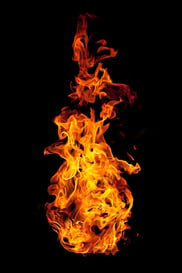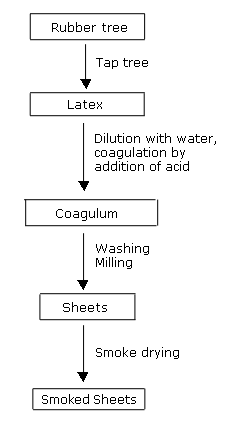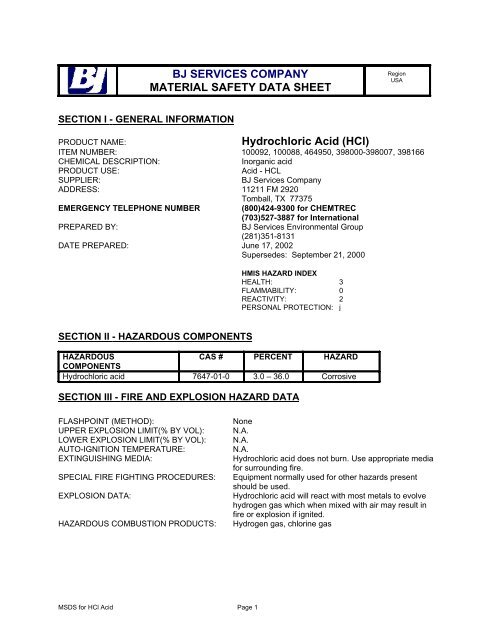The autoignition temperature or kindling point of a substance is the lowest temperature in which it spontaneously ignites in a normal atmosphere without an external source of ignition such as a flame or spark.
Auto ignition temperature of natural rubber.
Auto ignition temparature of rubber and plastic.
Natural rubber has a typical service temperature range between 67 f and 180 f.
After the latex is processed natural rubber becomes an elastomer with excellent mechanical properties.
2012 08 13 04 13 29 2012 08 13 04 13 29.
220 268 432 488 polyethylene ld.
Biogas carbon nitrogen ratios carbon nitrogen ratios for biogas produced from various raw materials.
This temperature is required to supply the activation energy needed for combustion the temperature at which a chemical ignites decreases as the pressure or oxygen concentration increases.
The benefits compared with natural rubber include better oil and temperature resistance and the possibility of a product with an extremely constant quality.
Melting points and ignition temperatures.
Self ignition temperatures of materials from kinetic.
Autoignition temperature and flash point hydrocarbons autoignition temperature and flash point c and f of different types of hydrocarbons with varying carbon number up to c12.
Rubber natural low refine.
With an increase in pressure the autoignition temperature decreases.
Values of autoignition temperature are generally higher than flash point as given for pure hydrocarbons in the tables and figures below.
107 124 349 polyethylene hd.
Synthetic rubbers made from butadiene polybutadiene copolymers rank as the most important synthetic rubbers produced.
Rubber natural high refine.
Crude natural rubber is found in the juices of many plants shrubs vines and trees the principal of which is the hevea brasiliensis tree native to brazil.
What is the auto ignition temperature of natural rubber.
Part of oil to 6 parts of cotton by weight ammonium per.
Rubber nitrile butadiene.

























